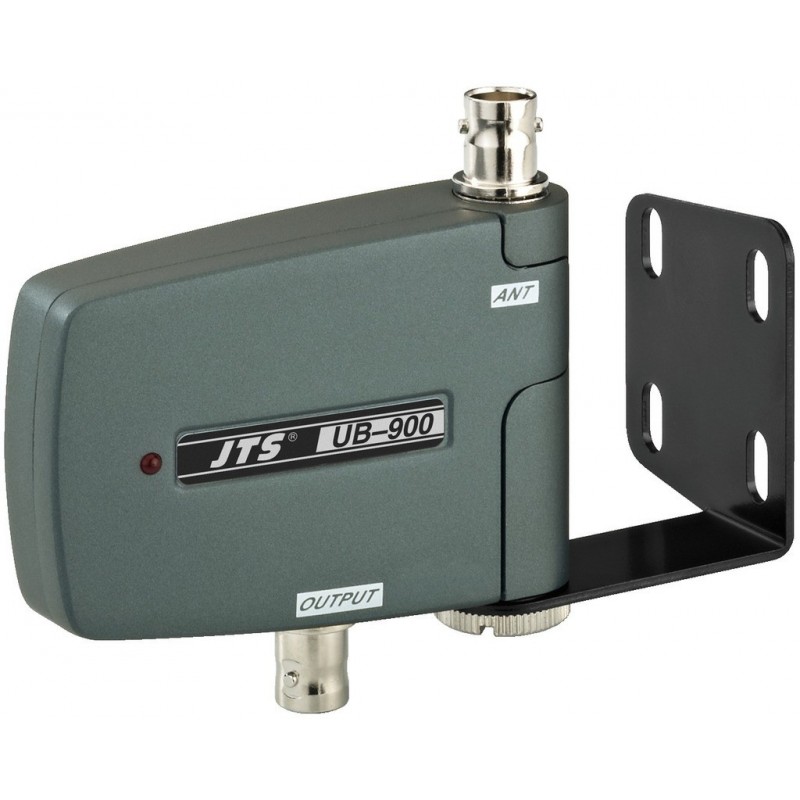

- #BOOSTER ANTENA TV OUTDOOR HOW TO#
- #BOOSTER ANTENA TV OUTDOOR PLUS#
- #BOOSTER ANTENA TV OUTDOOR FREE#
If possible, place your indoor TV antenna in an attic or a second-story location, preferably by a window. It’s also why you probably won’t get good reception using an antenna placed in your basement. That’s one reason roof-mounted antennas typically outperform indoor models. We’ve found that the height of your antenna is a critical factor in getting decent reception. To do that, you need to buy from a retailer that offers a no-hassle return policy and a reasonable warranty. So here’s our advice: Try a few antennas to see which one works best. Cheaper antennas often did as well as-or better than-more expensive models. One surprise was that we found little correlation between price and performance. Multidirectional antennas, which receive signals from all directions, could be better for urban locations, but they might not pull in the more distant stations a properly positioned directional antenna could. Some indoor antennas are directional, so they need to be oriented toward broadcast towers. We conducted the tests at 10 homes spread across the New York City metropolitan area. Some models worked better than others, but it was hard to predict which antenna would perform best in any particular location.
#BOOSTER ANTENA TV OUTDOOR PLUS#
In our tests of top-selling indoor TV antennas, reception depended mainly on how far we were from broadcast towers, plus the terrain and details of our surroundings, such as buildings, trees, and hills. Getting great reception from an indoor antenna can be a mix of science and art. That means the days of attaching tinfoil to an antenna’s rabbit ears to improve reception on marginal stations are gone. Ever since the move to all-digital TV, over-the-air signals tend not to attenuate, or drop off, the way analog signals did. In some ways, using an antenna is easier than it used to be.
#BOOSTER ANTENA TV OUTDOOR HOW TO#
We can’t help with the geography, but we do have tips on how to get the best reception possible in your home. That goes for both where you live and where you place your antenna. But an indoor TV antenna is easier to set up, and for some people, it’s the only practical option.Īnd just like in real estate, indoor TV antenna reception is all about location, location, location. Outdoor antennas, especially those on a roof or mast, generally offer the best performance, particularly if you’re many miles from the nearest broadcast towers. If you want to use an antenna to get your local channels you’ll need to make sure you can get decent reception. People willing to pay for subscriptions can put together an even more robust package of streaming content for as little as $25 a month
#BOOSTER ANTENA TV OUTDOOR FREE#
Of course, many antenna users supplement over-the-air programming with free streaming services. The new broadcasts will also support 4K video and high dynamic range (HDR) content.


That means you may be able to stream some shows right over the air. Among other enhancements, these new “Next-Gen TV” signals can carry internet content alongside traditional TV broadcasts. The next couple of years will be a particularly good time to give an antenna a try, because a new over-the-air standard for broadcasts, called ATSC 3.0, is now rolling out. You can often get additional digital subchannels that offer everything from old shows and movies to local amateur sports. If you live near a major TV market, there’s a good chance you can receive many local networks, such as ABC, CBS, Fox, NBC, PBS, and Telemundo. If you set up an antenna, you may find that the quality of the stations you receive is better than it was with old analog TV broadcasts-and perhaps even better than cable. Many cord cutters are switching to free over-the-air television by using an indoor TV antenna. Last year, cord-cutting boomed, when more than 5 million households cut ties with a traditional TV provider, and the trend is expected to accelerate in 2023, according to Wells Fargo analyst Steven Cahall.


 0 kommentar(er)
0 kommentar(er)
